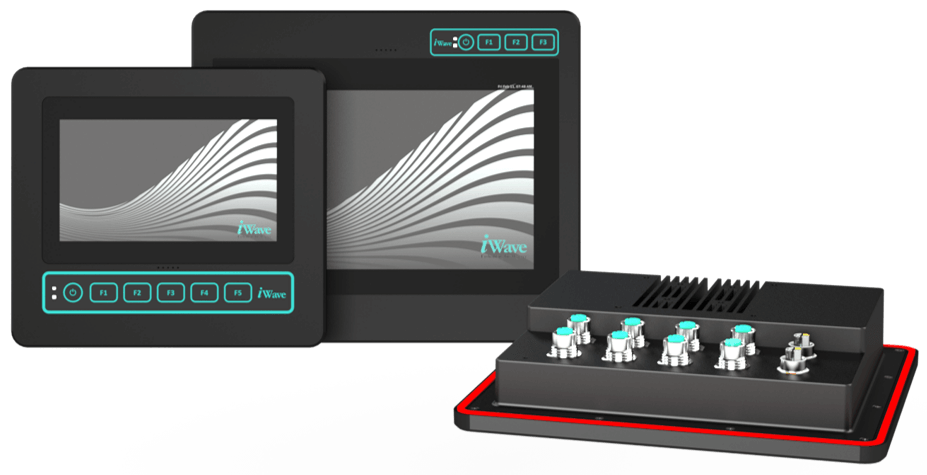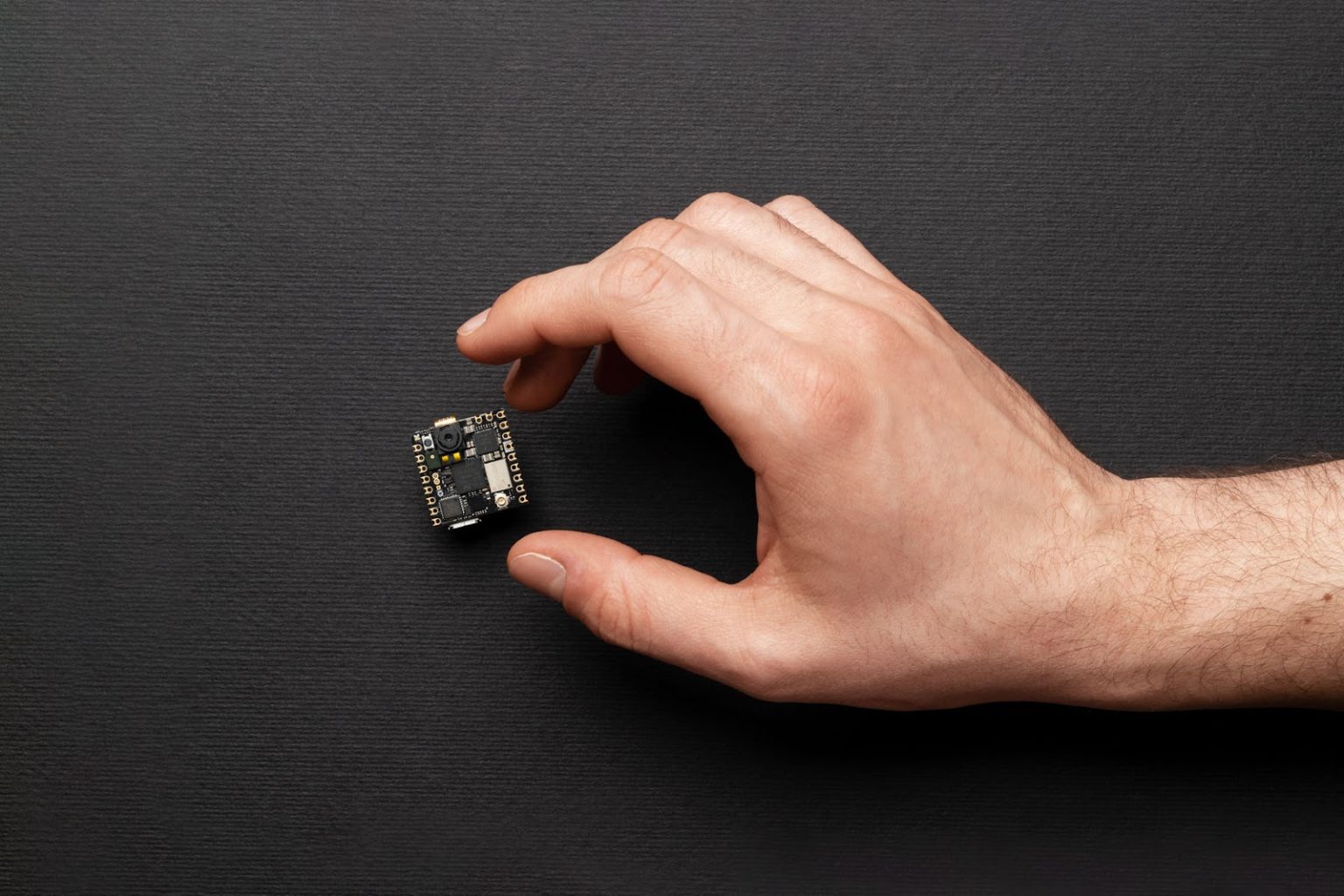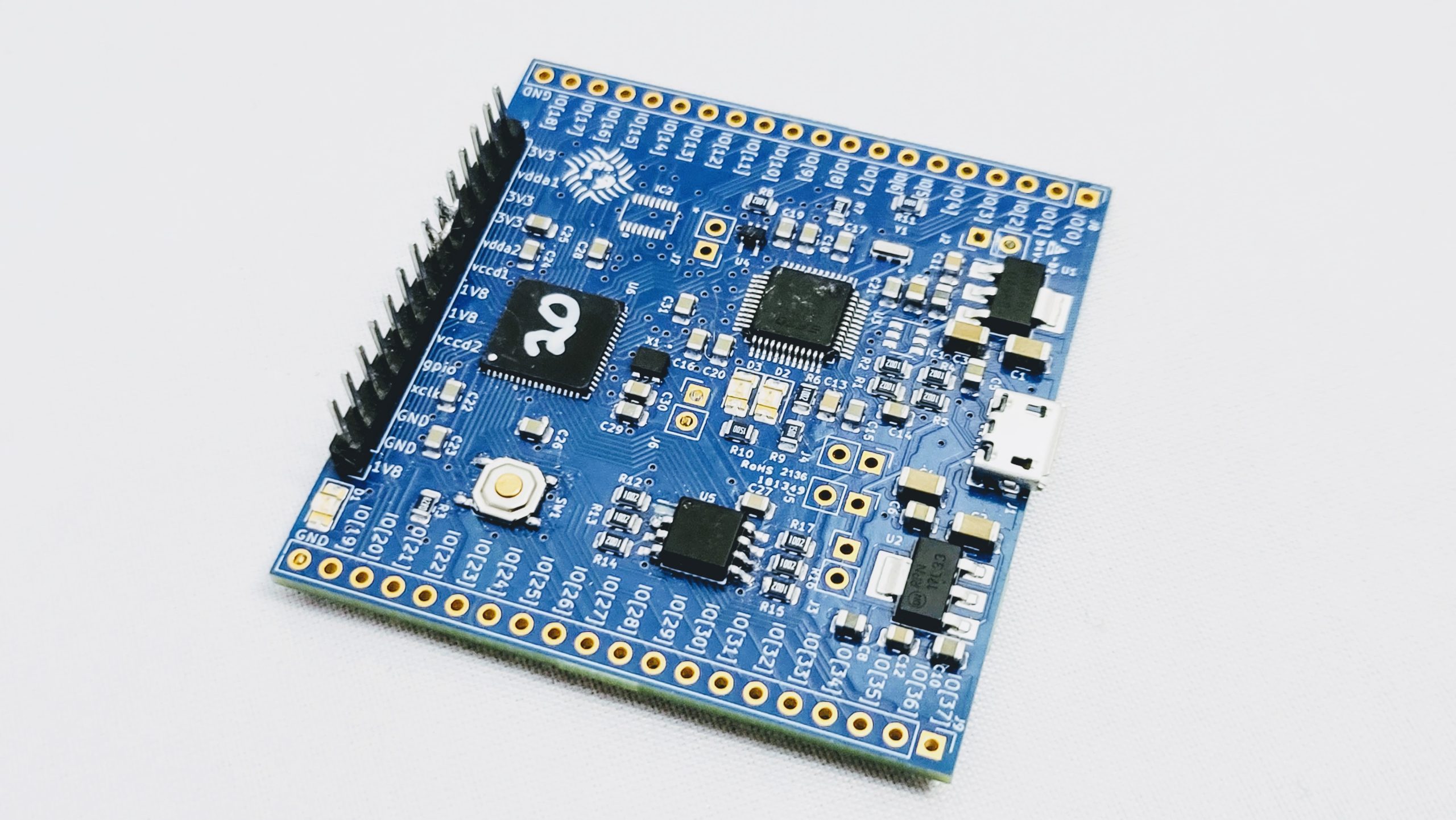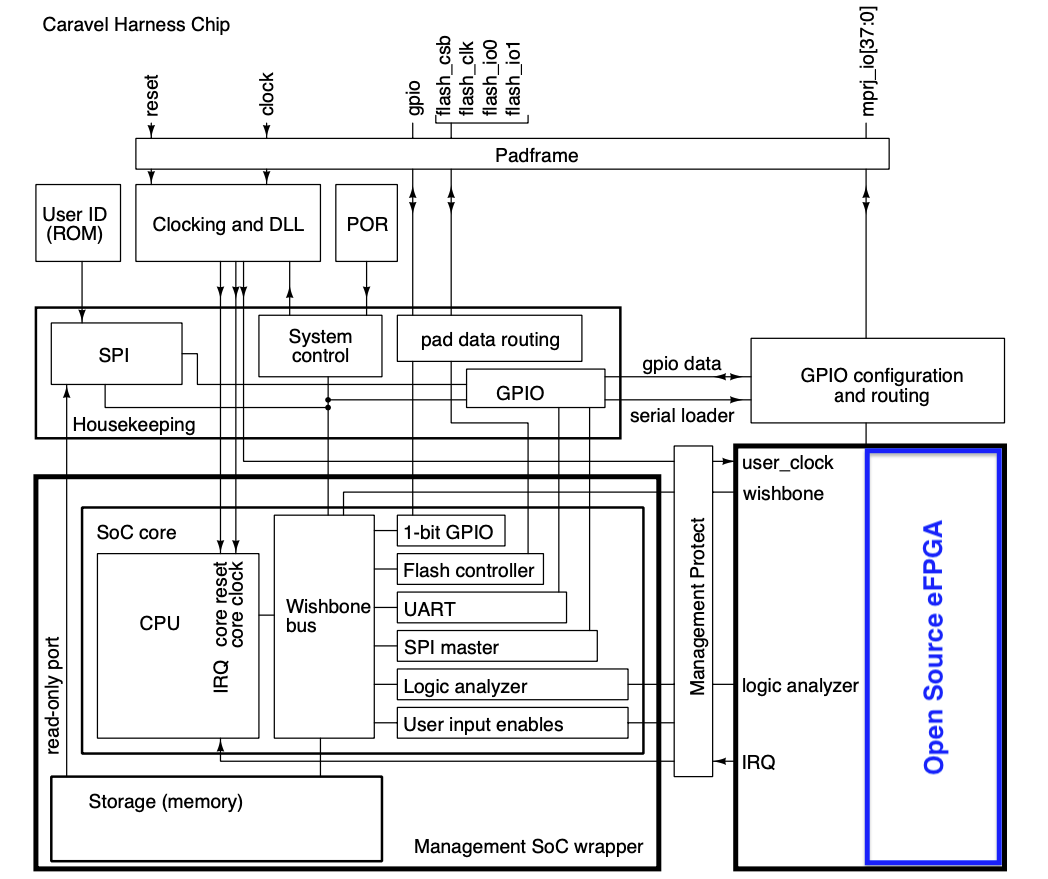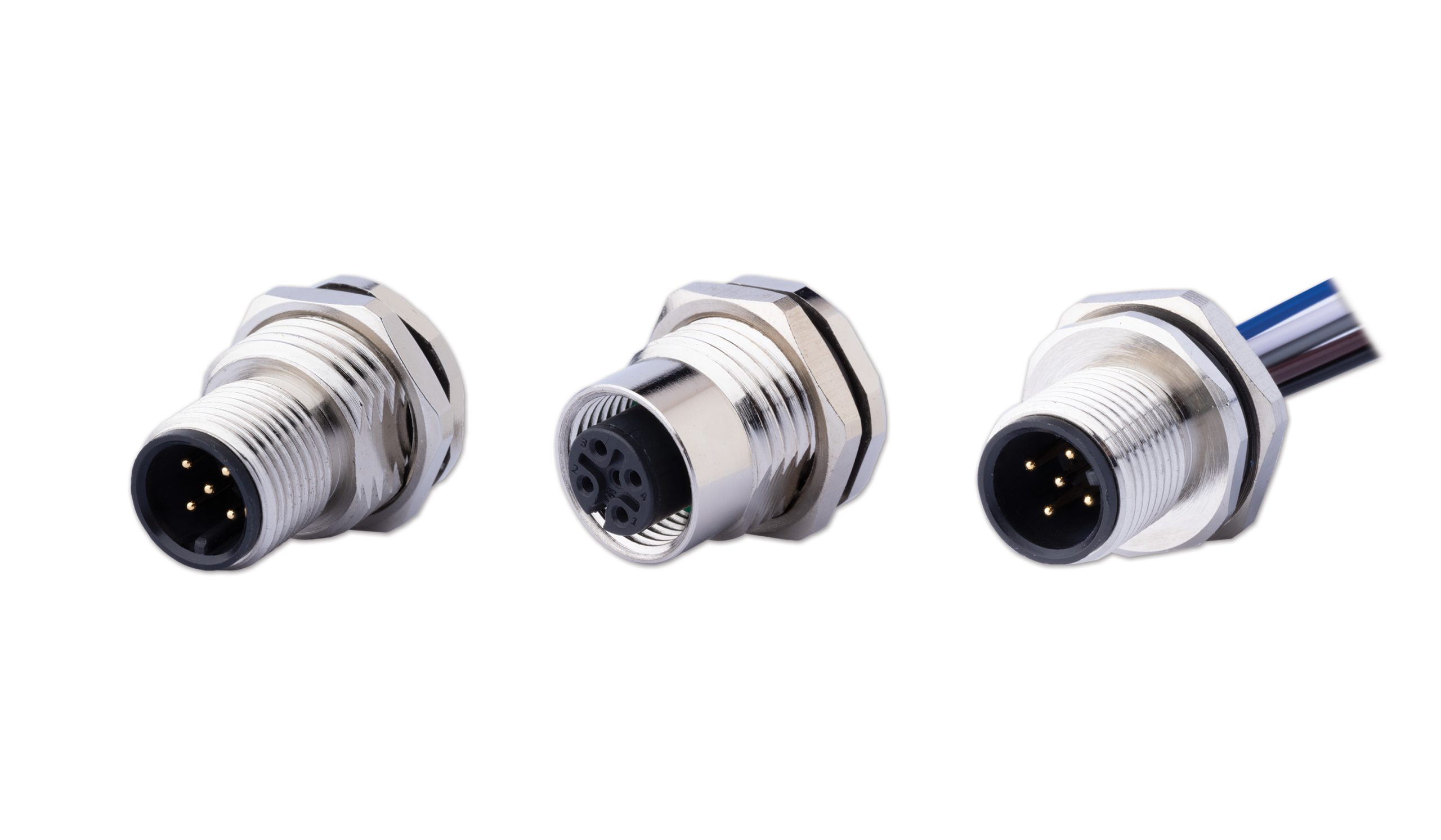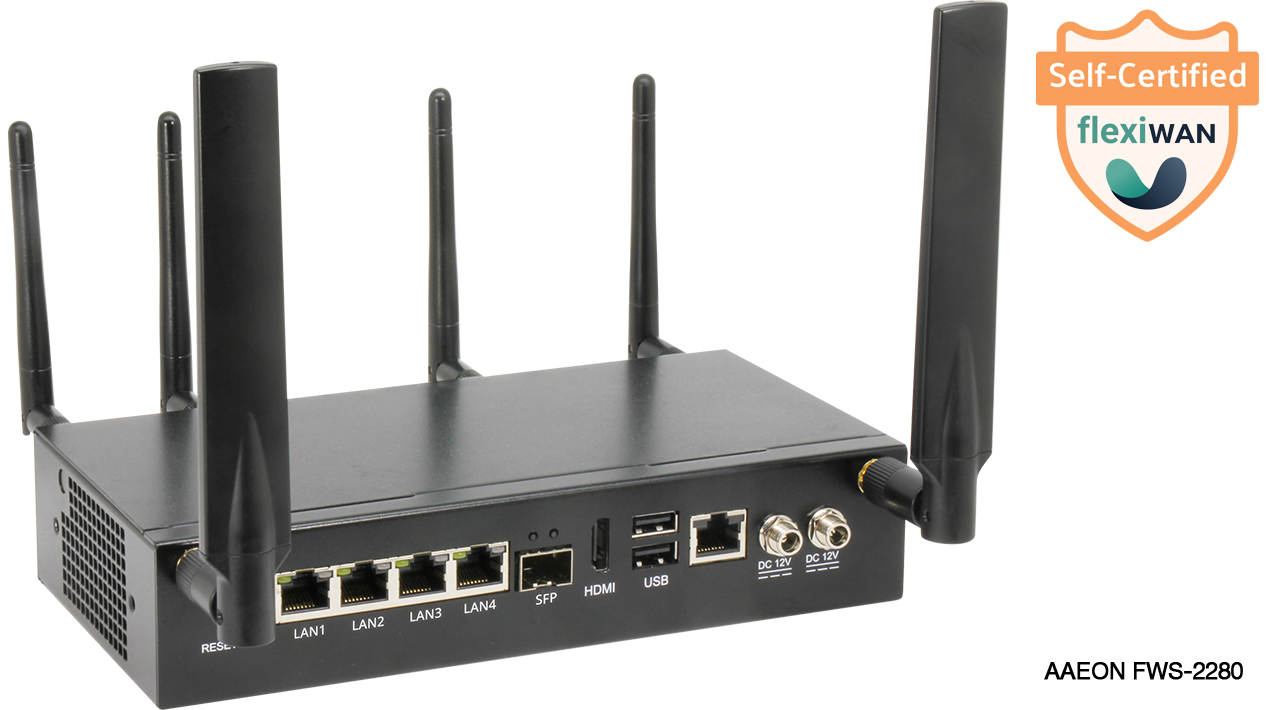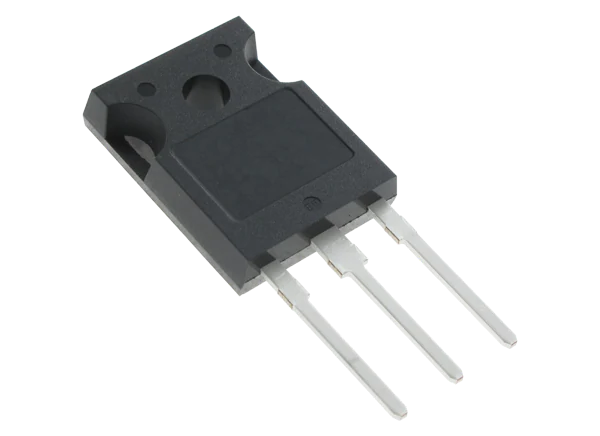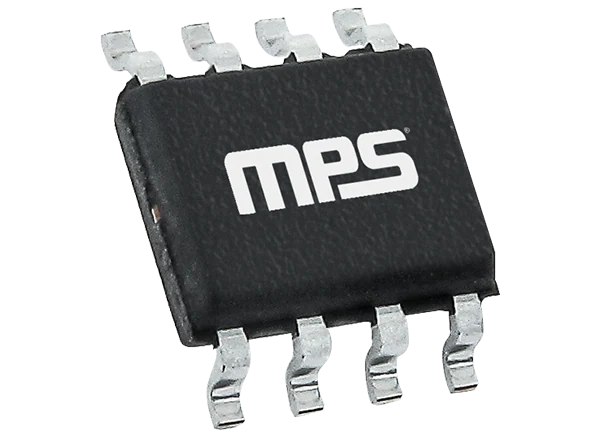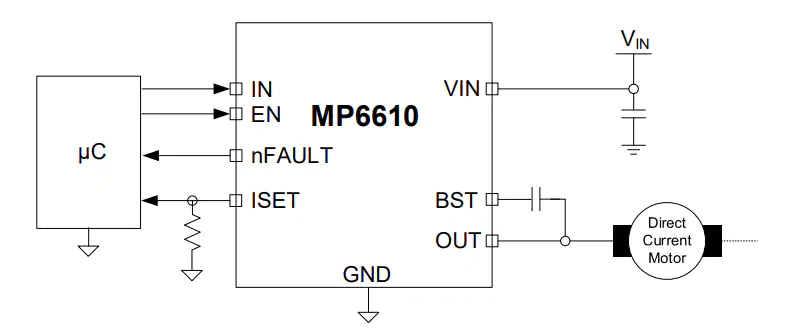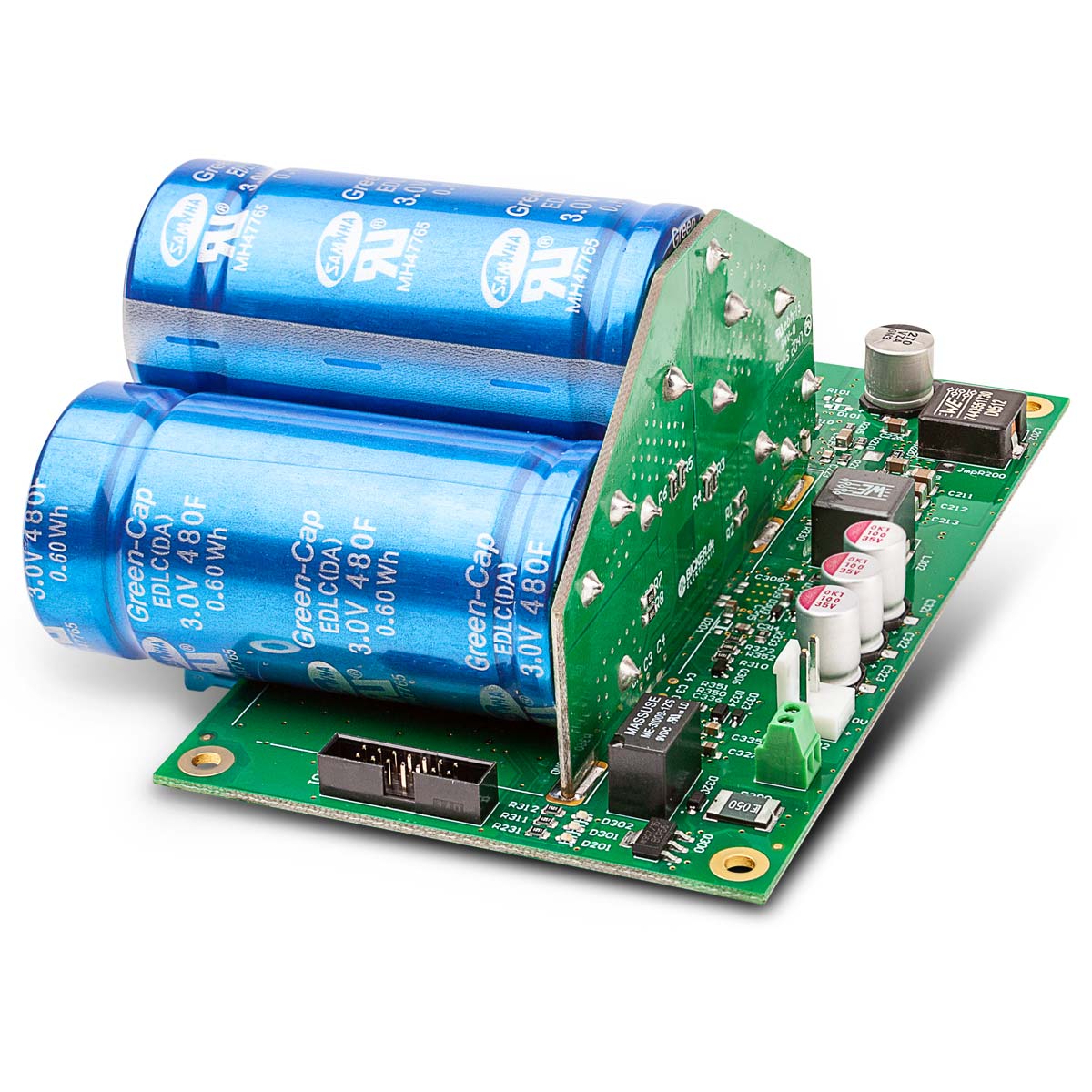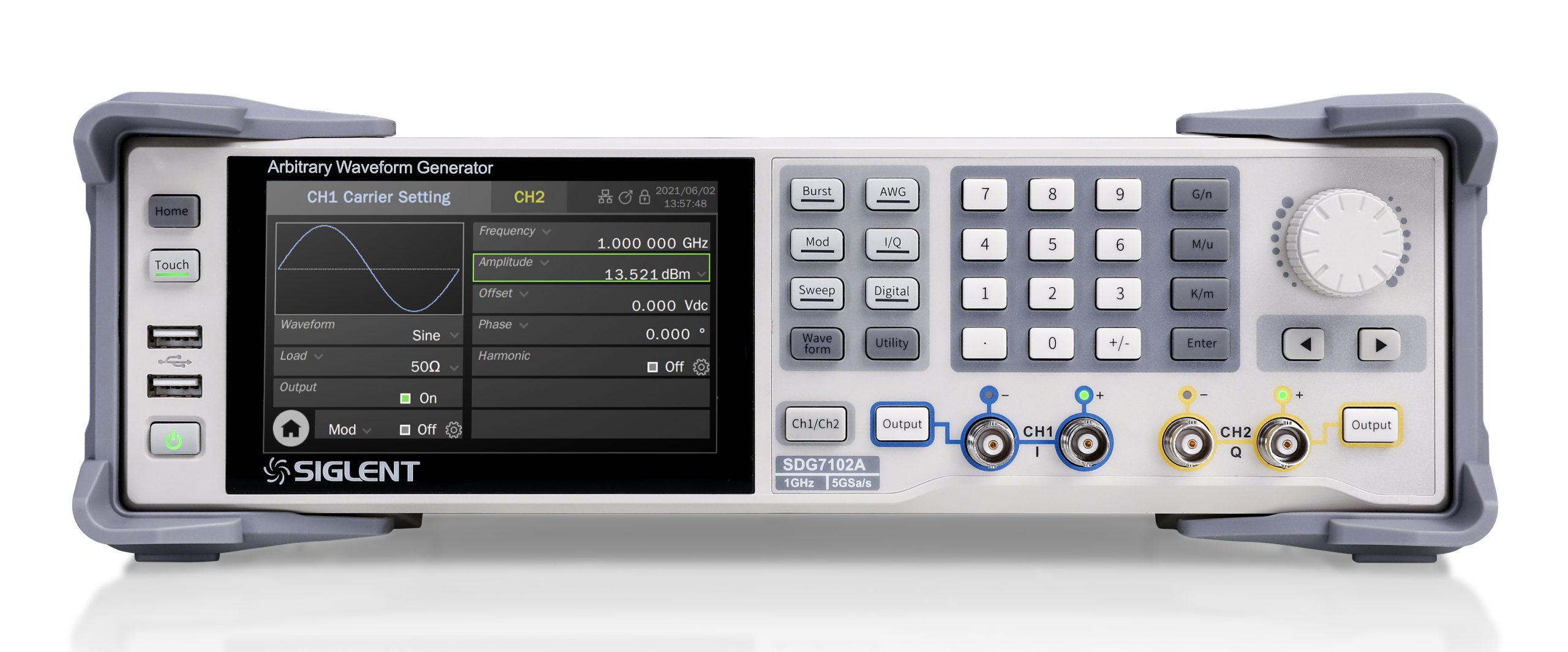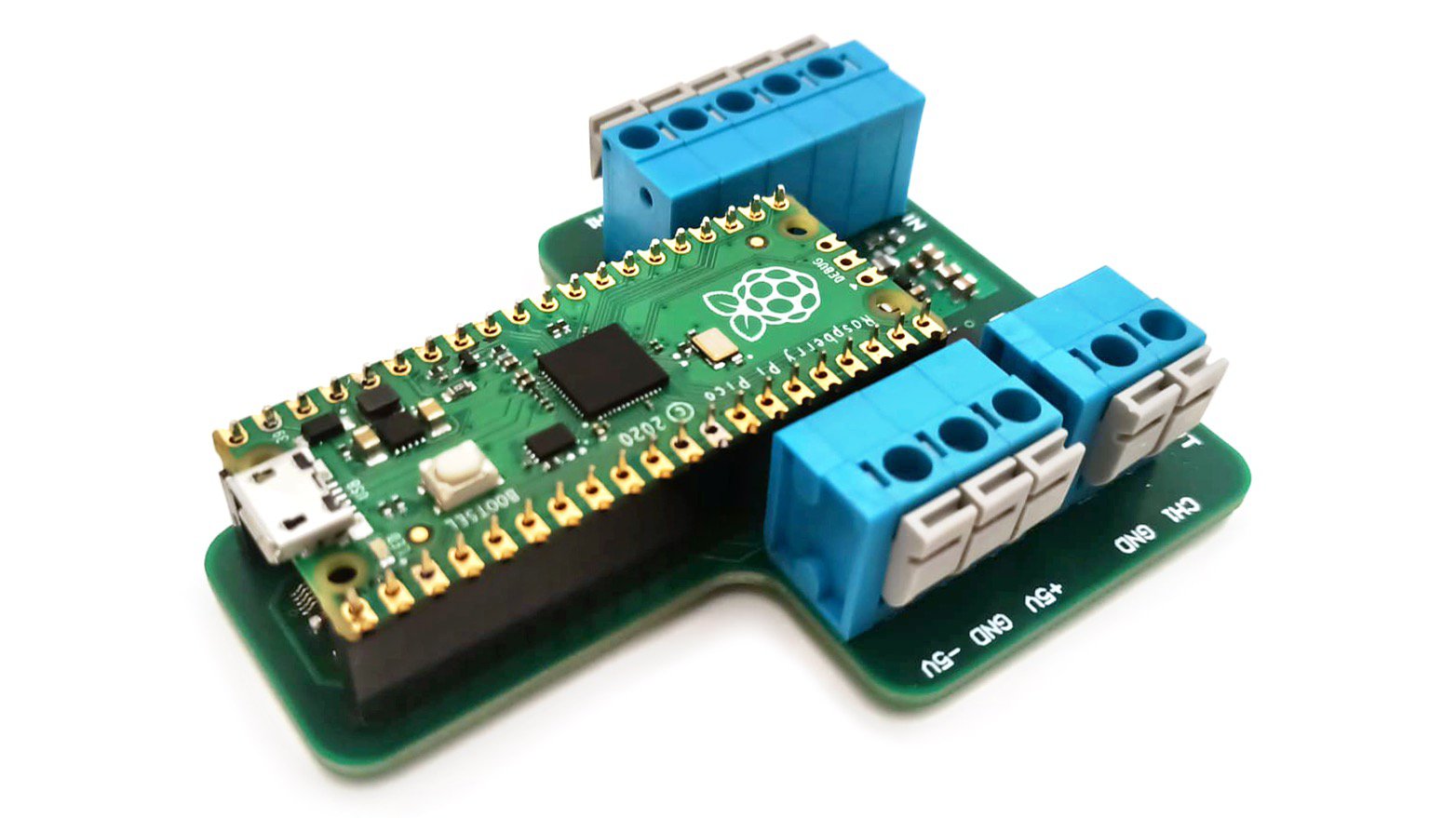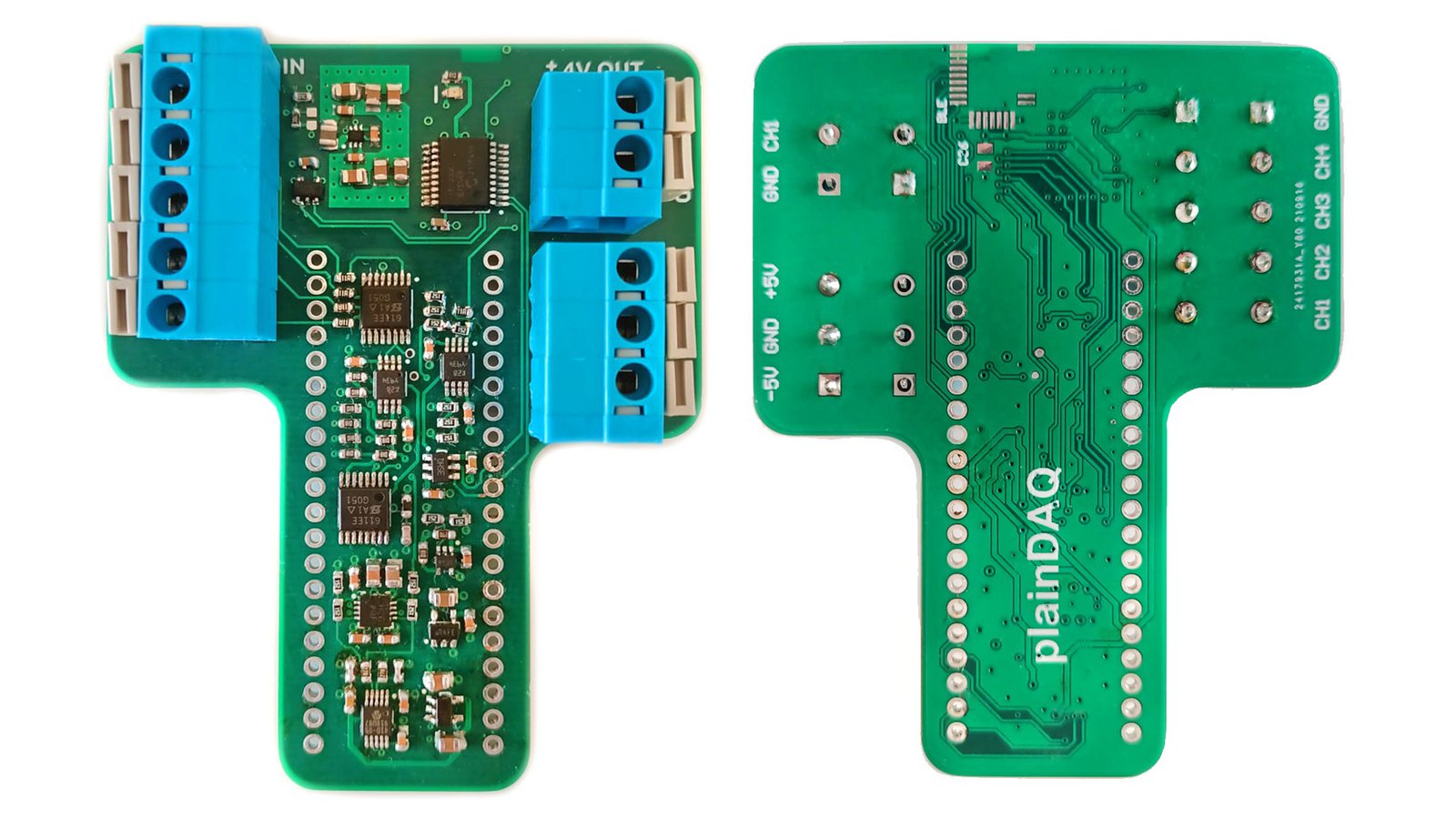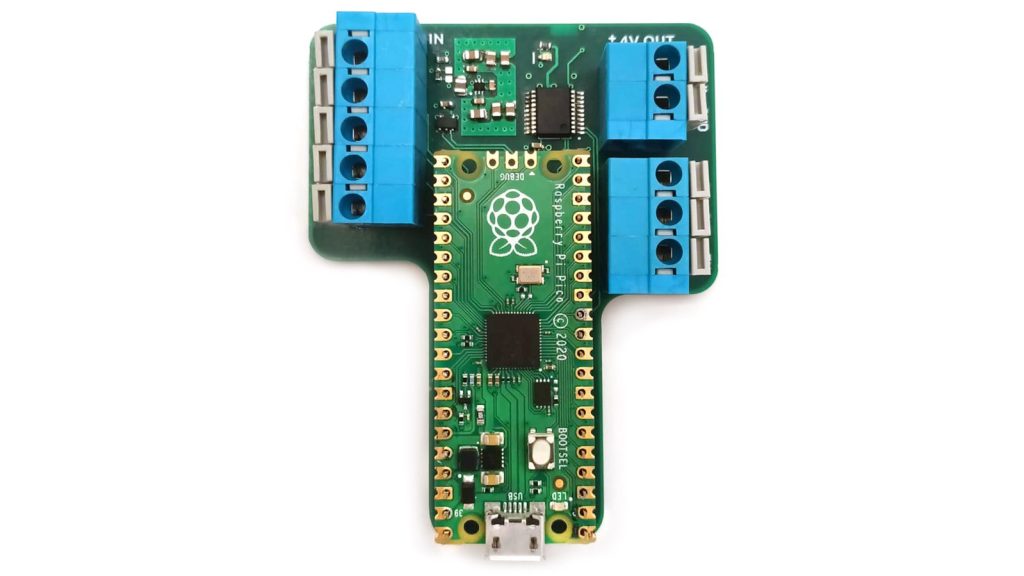Increased interaction between humans and machines has led to an increased requirement for rugged solutions and displays for Industry 4.0, automation, and automotive applications. iWave Systems is excited to launches iW-G39RH: A rugged HMI solution catering to this requirement. Powered by the i.MX 8M Mini application processor from NXP, The HMI solution delivers an unrivaled user experience (UX). The rugged HMI panels are available in 7” and 10.1” variants, and meets protection class IP67 standards making them resistant to dust and water.
Reinforced and equipped with an IP67 rated metal housing, M12 IP67 waterproof connectors on the panel and a brighter screen with sunlight readability: all together make it an ideal choice for applications that require outside installation, or risk exposure to harsh environments and procedures. The rugged HMI finds a fit as a monitor screen or a control panel in mining, agriculture equipment, construction machinery, marine equipment, locomotives, and warehouse machinery.
Key features of iW-G39RH
- MX 8M Mini applications processor
- 7″ & 10.1″ display options
- CAN FD, RS485, USB and Ethernet
- Wi-Fi and Bluetooth connectivity
- Power over Ethernet and backup battery
- Reliable high brightness display and multi-touch
- Robust IP67 aluminium housing with M12 Connectors
- Analog video Input
- Linux & Android SDKs with automotive protocol stacks special package
Built to operate at temperatures ranging from -20°C to 65°C, and with a wide input voltage range of 9V-36V together with the provision for PoE, The HMI solution from iWave is built for outdoor installations. This HMI comes with multiple mounting options such as panel mount, VESA mount, and RAM mount, providing flexibility in installations.
Like the Industrial Panel PC from iWave, the rugged HMI supports an extensive range of interfaces such as CAN, COM, LAN and USB. An M.2 expansion slot provisioned for extended storage or cellular connectivity, camera & peripheral slot for plug and play wireless modules & sensors, the HMI Solution can be customized for remote monitoring and diagnostic applications.
“Outdoor operations and hazardous environments pose many challenges for HMI solutions and displays, requiring precision engineering and innovation,” said Sachin MK, Associate Director of HMI Solutions at iWave Systems. “The iW-G39RH Rugged HMI series presents an opportunity to improve systems that do not have a specialized HMI built for them”.
The HMI solutions has option to include special package with various automotive protocol stacks such as J1939, CANopen, UDS, ISO 11992, ISO 11783, and NMEA 2000 communication standards. Integration with the protocol stacks makes the HMI a plug and play solutions for advanced analytics and diagnosis in heavy duty vehicles and construction machinery.
For rapid development of customized applications, iWave HMI solutions support the necessary software drivers and BSPs, integrate the latest Kernel version, and provide comprehensive support on the user interface (UI).
More information on the G39RH Rugged HMI series can be found here.
iWave Systems, a global leader in embedded computing solutions and product engineering, has built unparallel engineering expertise over the years. As an ODM solutions company focused in the industrial, automotive and medical vertical markets, iWave has been enabling customers since 1999.
For further information or inquiries, please contact mktg@iwavesystems.com



